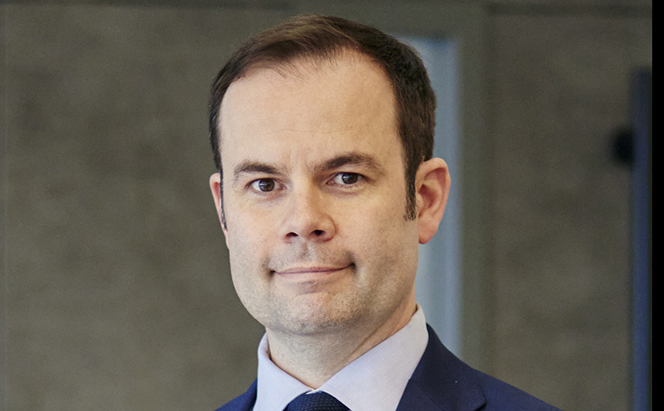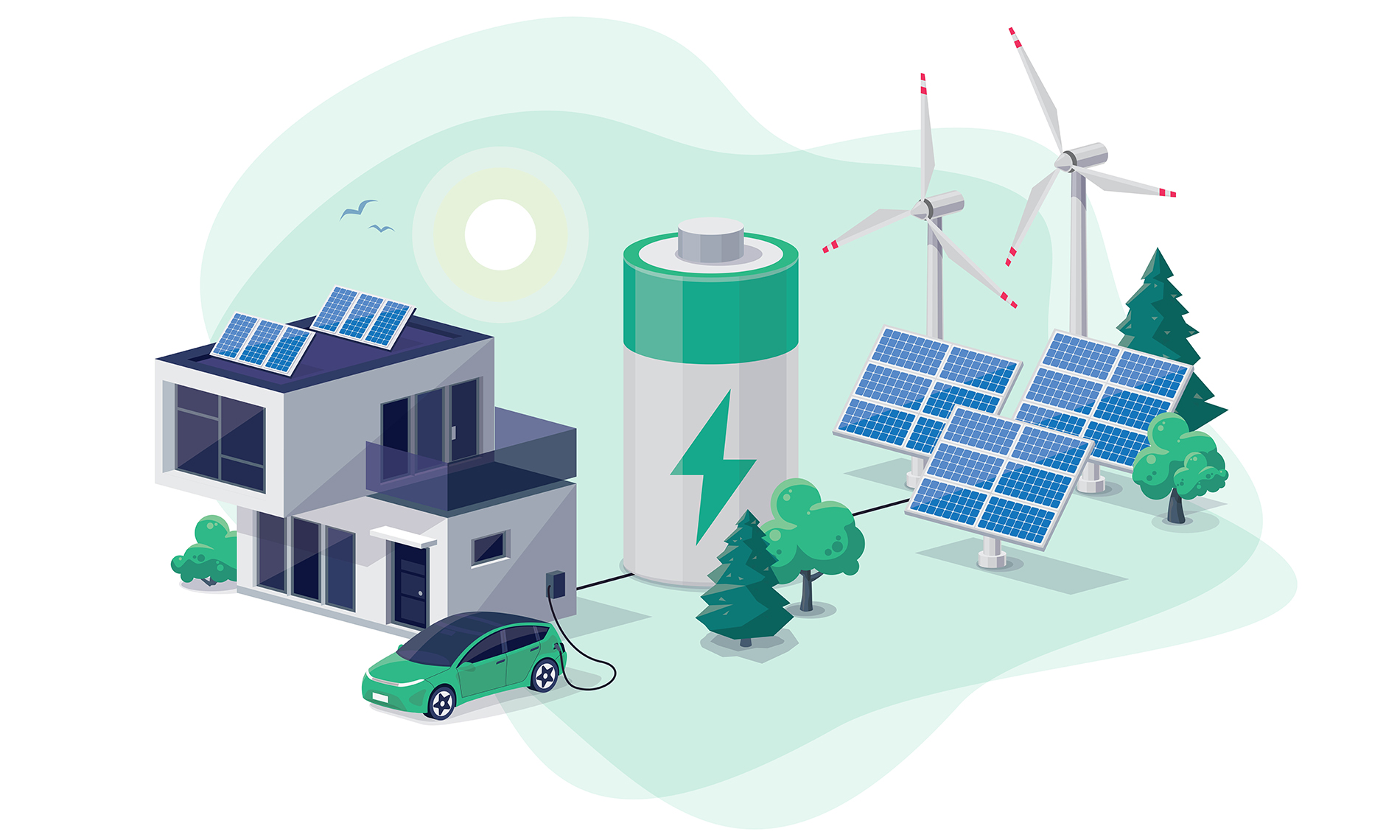Since 2021, the Legal 500 Green Guide has been highlighting the law firms making significant contributions to the green transition around the world, be it through client work, external engagements, internal initiatives, or all of the above.
The UK stands at the forefront of this transition and, as a key driver in mitigating the effects of climate change, clean energy projects are playing a central role.
The law firms featuring in the UK Green Guide, which was released in November 2023, have advised on some of the UK’s most significant clean energy projects, providing services ranging from finance and construction advice to regulatory and transactional guidance.
Norton Rose Fulbright energy, infrastructure and natural resources head Rob Marsh notes that for lawyers leading in this sector, it’s no longer just about interpreting the law – arguing that lawyers can serve as change agents to help green deals go forward, leveraging their multi-industry knowledge and connections.
Hogan Lovells infrastructure, energy and projects partner Scott Tindall agrees that lawyers play a very important part in every aspect of renewable energy projects: ‘No one would argue we can do large scale renewable energy projects without significant legal input’.
Ian Stubbs, projects, infrastructure and construction head at Foot Anstey, adds that lawyers don’t just ‘sit and draft contracts’ anymore – they are engaged with industry bodies, and shaping policy by leveraging their understanding of the legal landscape.
Winds of change
When it comes to the work these firms are doing, both Marsh and Tindall highlight the resurgence of onshore wind and solar projects, while Foot Anstey planning and environment head Christian Silk highlights the prominence of onshore wind in Scotland and Wales, where policies are particularly favourable to such projects.
The UK also stands out for its large-scale offshore wind projects and is the second largest offshore wind market in the world. Hornsea 2, one of the world’s largest offshore wind farms, is situated 55 miles off the coast of Yorkshire, while Dogger Bank, the largest, is located circa 80 miles off the North East coast of England. With the British Energy Security Strategy (BESS), published in April 2022, setting out an ambition to achieve up to 50GW of offshore wind by 2030, advisory work in this area will likely increase.

‘There isn’t enough capacity on the grid – the grid needs upgrading, and we are seeing too many clients who want to bring projects forward but can’t get planning permission.’ Christian Silk, Foot Anstey
Norton Rose Fulbright corporate partner Stephen Rigby, who has significant experience in the renewable energy sector, observes that the reason we have so much offshore wind in the UK is because of our geography and closeness to the North Sea, which has a shallow coastline. However, as Silk notes, this comes with a challenge – there is a limit to the geographical area available for offshore projects. Both Rigby and Silk believe that the next generation of offshore wind projects in the UK should be floating, so they can be further out to sea.
Whilst not as dominant as wind, solar projects are also gaining traction in the UK. Ongoing advancements in solar technology, coupled with decreasing costs of solar panels, are making solar energy competitive and economically viable. The UK’s Solar Taskforce has been created with the aim of bringing together the key players from government, industry, regulatory to reach 70GW of clean solar energy in the UK by 2035.
Tindall and Silk comment that historically, solar projects in the UK have been quite small scale, but now, more and more, they are growing to utility scale projects, while Foot Anstey legal director Laura Rajanah highlights that the scale and geographical location of solar projects has shifted dramatically in the last decade.
Battery powered
Battery storage, while not a clean energy source itself, is also playing a pivotal role in energy transition as it stores excess electricity generated during periods of low demand or high renewable energy production, before releasing it when demand is higher or renewable energy generation is lower.
As such, firms at the forefront of energy transition mandates are heavily involved in this work, with Tindall noting that the flexibility offered by battery storage enables energy to be held closer to more densely populated areas, with investment interest in such projects increasing.
But while firms involvement in clean energy transition is increasing in line with activity in the market there are challenges ahead.
The UK currently has a 2035 target for 100% of its electricity to be produced without carbon emissions. Meeting the target will require a big increase in the number of renewable projects across the country – it is estimated as much as five times more solar and four times as much wind is needed.
To further complicate things, a renewable energy site can only start supplying energy to people’s homes once it has been plugged into the national energy grid – and energy companies are warning that significant delays to connect their green energy projects to the system threatens their ability to supply green power. Currently, with green projects unable to get connection to the grid, construction is either being paused or projects are being completed but are unable to produce power as of now.
Tindall believes that delays to the grid is probably one of the biggest challenges we face in the UK when it comes to the production of green energy. ‘There is plenty of emerging technology to generate power very efficiently and relatively cheaply, but there is no point in having generation if we can’t get the power into the grid. There are delays to ongoing projects, but more importantly there are delays to projects getting started’.
Silk adds: ‘There isn’t enough capacity on the grid – the grid needs upgrading, and we are seeing too many clients who want to bring projects forward but can’t get planning permission’. Marsh highlights the importance of speeding up grid connection times if we are to catch up and deliver on the country’s net zero targets: ‘We need to find ways in which to connect projects quicker or use existing projects more efficiently’.
Partners argue that the government should be more engaged in policy, enabling the industry to deliver its goals through investment. Tindall raises the point that decreasing energy consumption should also come into play: ‘it’s not just about generating cleaner energy, but also about reducing consumption,’ he explains.
Stubbs believes we should take a more collaborative approach, and aim to reach net zero ambitions with political will, grid capacity, investment, and policy development. ‘It does feel very positive and a lot of people are working hard,’ he says. ‘There is good momentum, but there is also a lot to do’.







